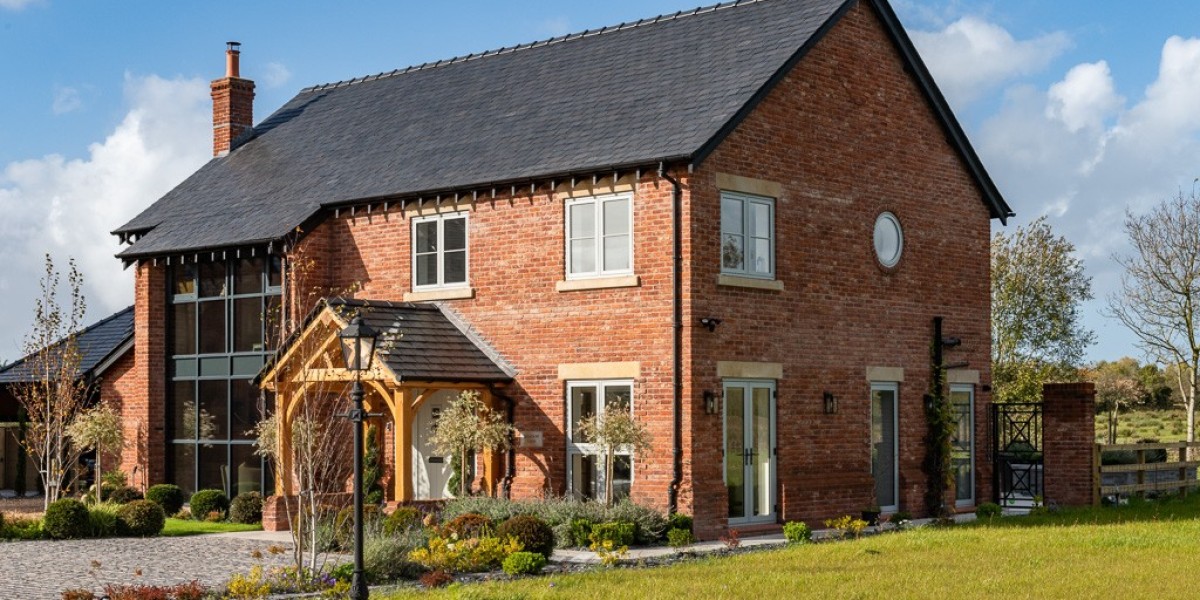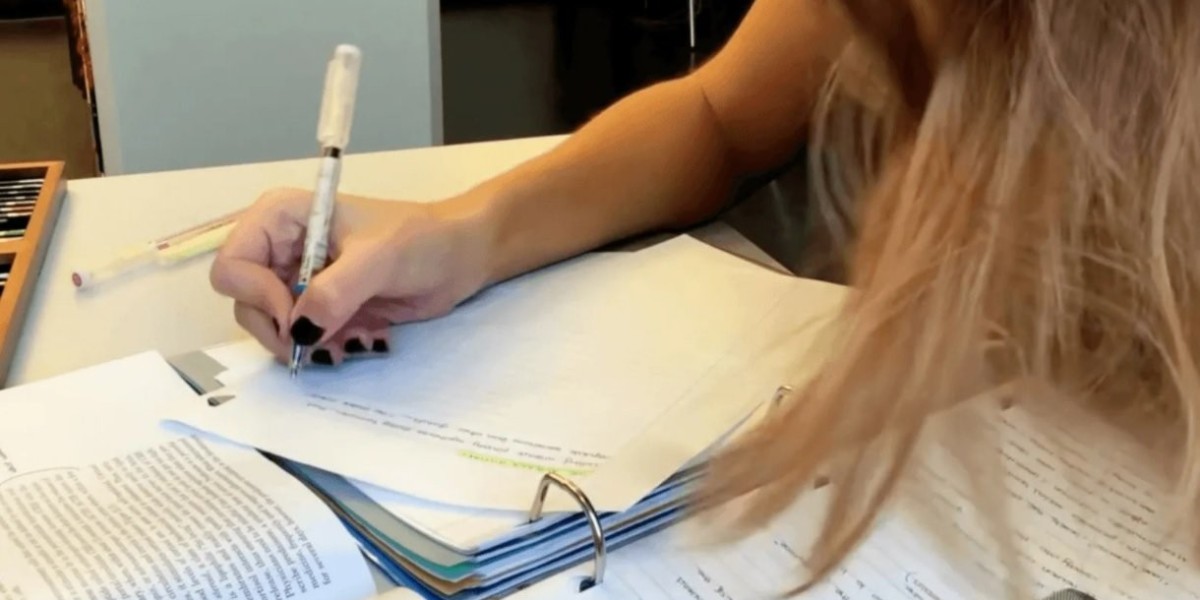Abstract
Windows play a critical role in the functionality and aesthetics of buildings. However, they are often subject to wear and tear due to environmental factors, accidents, and aging. This article explores the various techniques, materials, and best practices for effective window repair, providing homeowners and professionals with a comprehensive guide to maintaining and restoring windows.
Introduction
Windows are essential components of any building, serving multiple purposes such as providing natural light, ventilation, and aesthetic appeal. Over time, windows can become damaged due to various factors, including weather conditions, physical impact, and age. Repairing windows not only restores their functionality but also enhances the overall appearance and energy efficiency of a building. This article discusses the common types of window damage, repair techniques, materials used in repairs, and best practices for maintaining windows.
Types of Window Damage
- Glass Breakage: One of the most common issues faced by window owners is the breakage of glass panes. This can occur due to accidents, extreme weather events, or even vandalism.
- Frame Damage: Wooden window frames can suffer from rot, insect infestation, or warping, while metal frames may rust or corrode.
- Seal Failure: Double or triple-glazed windows rely on seals to maintain insulation. When these seals fail, condensation can form between the panes, reducing energy efficiency.
- Hardware Malfunctions: Components such as locks, hinges, and handles may become worn or damaged, impacting the window's operation and security.
- Glass Replacement: When a glass pane is broken, the most effective solution is to replace it. This involves removing the damaged pane, cleaning the frame, and installing a new piece of glass. For insulated windows, it is essential to ensure that the new glass matches the specifications of the existing panes.
- Frame Repair: For wooden frames, repairs may involve sanding down the damaged areas, applying wood filler, and repainting or staining. In cases of severe damage, it may be necessary to replace sections of the frame or install a new frame altogether. Metal frames can be repaired by sanding away rust and applying a protective coating.
- Seal Replacement: If a seal has failed, it is often possible to replace it without replacing the entire window. This involves removing the old sealant, cleaning the area, and applying a new sealant to restore insulation.
- Hardware Replacement: Malfunctioning hardware can often be replaced individually. This may include removing old locks, hinges, or handles and installing new ones that match the existing style and function.
- Glass: The type of glass used in window repair can vary. Tempered glass is often recommended for its durability and safety features, while laminated glass can provide additional sound insulation and UV protection.
- Sealants: High-quality sealants are crucial for ensuring the longevity and effectiveness of window repairs. Silicone-based sealants are commonly used for their flexibility and resistance to moisture, while polyurethane sealants provide excellent adhesion and durability.
- Wood Filler: For wooden frames, wood fillers are essential for repairing minor damage. Epoxy fillers are particularly effective for structural repairs, as they provide strong adhesion and resistance to moisture.
- Paint and Stain: To restore the appearance of wooden frames, high-quality paint or stain should be used. These materials not only enhance aesthetics but also provide protection against the elements.
- Regular Inspections: Homeowners should conduct regular inspections of their windows to identify any signs of damage or wear. Early detection can prevent more significant issues and costly repairs.
- Cleaning: Keeping windows clean is essential for maintaining their appearance and functionality. Regular cleaning helps prevent the buildup of dirt and grime, which can lead to deterioration.
- Weatherstripping: Installing weatherstripping around windows can help improve energy efficiency by preventing drafts. This is particularly important for older windows that may not have adequate insulation.
- Professional Help: For significant repairs or complex issues, it is advisable to seek professional help. Experienced window repair specialists can provide expert advice and ensure that repairs are carried out correctly.
Window repair is a vital aspect of building maintenance that can enhance the functionality, appearance, and https://trustedtraders.which.co.uk/businesses/ideal-glass-limited/ energy efficiency of a property. By understanding the types of damage that can occur, employing effective repair techniques, and utilizing the right materials, homeowners can ensure their windows remain in optimal condition. Regular maintenance and inspections are key to prolonging the lifespan of windows and preventing costly repairs in the future. Ultimately, investing time and resources into window repair not only improves the quality of life within a home but also contributes to its overall value.







